Home>Garden Essentials>How To Talk On The Phone About A Landscape Design Job
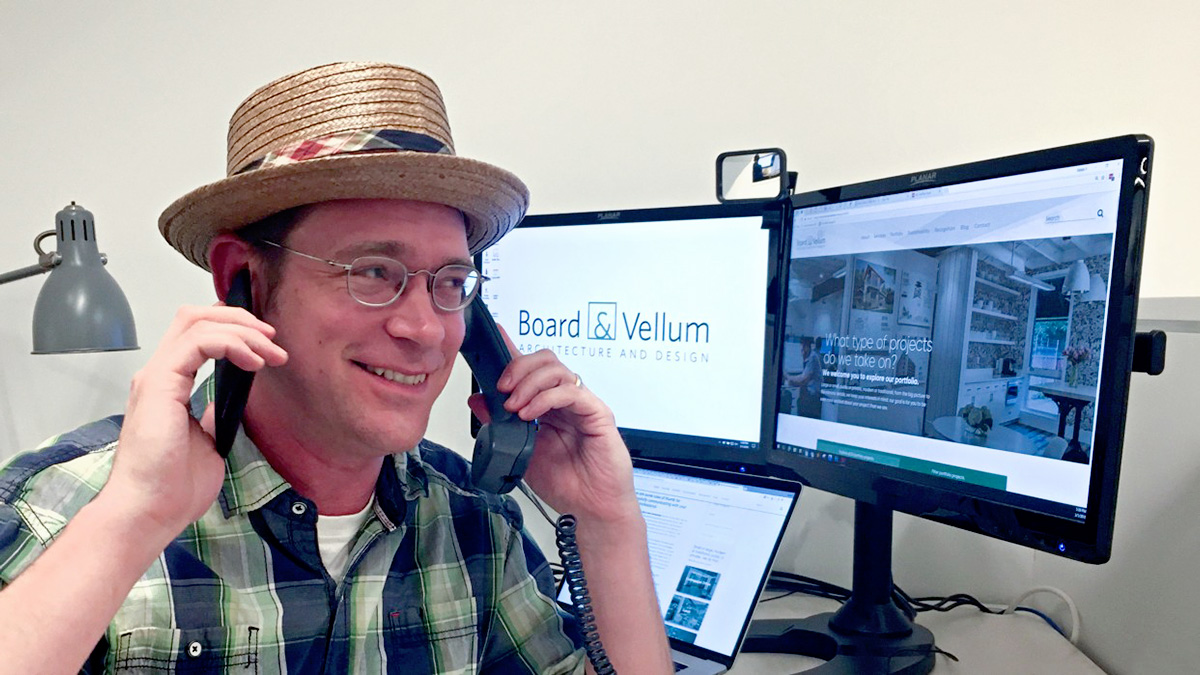

Garden Essentials
How To Talk On The Phone About A Landscape Design Job
Modified: March 7, 2024
Learn how to effectively discuss garden landscape design jobs over the phone. Gain valuable tips and insights to help you communicate your vision and requirements.
(Many of the links in this article redirect to a specific reviewed product. Your purchase of these products through affiliate links helps to generate commission for Storables.com, at no extra cost. Learn more)
Introduction
Welcome to the world of landscape design! Whether you’re a seasoned pro or just starting out in the industry, one of the most important skills you need to master is how to effectively communicate with clients about their garden projects. This is particularly important when it comes to phone consultations, which allow you to understand the client’s needs and provide initial feedback on their landscaping ideas.
Conducting a successful phone consultation requires a combination of listening skills, knowledge of landscape design principles, and the ability to ask relevant questions. In this article, we will guide you through the process of talking on the phone about a landscape design job, from understanding the client’s needs to finalizing the design proposal.
Key Takeaways:
- Understand the client’s needs by asking about their goals, practical considerations, aesthetic preferences, and maintenance commitment. Tailoring design recommendations to their specific requirements ensures a successful collaboration.
- Engage in a collaborative discussion about design ideas, using visual aids to help the client visualize the proposed design. Consider the client’s input and address their budget and timeline to build trust and ensure the design aligns with their vision.
Read more: How To Find A Landscaping Job
Understanding the Client’s Needs
Before diving into the specifics of a landscape design project, it’s crucial to gain a clear understanding of the client’s needs and expectations. This step sets the foundation for a successful collaboration and ensures that the final design aligns with the client’s vision.
During the phone consultation, take the time to actively listen to the client and ask open-ended questions. This will allow you to gather important information about their lifestyle, preferences, and desired outcomes for the garden.
Start by asking about the client’s goals for the project. Are they looking to create a relaxing oasis, a family-friendly space, or a vibrant garden for entertaining guests? Understanding their overall vision will help you tailor your design suggestions to their specific needs.
Next, inquire about any practical considerations they have. Are there specific features or elements they would like to incorporate, such as a swimming pool, a vegetable garden, or a play area for children? Also, ask about any existing landscape issues they might want to address, such as poor drainage or a lack of privacy.
Additionally, it’s important to discuss the client’s aesthetic preferences. Find out if they have a particular garden style in mind, such as a modern, formal, or cottage garden. Ask them about their color preferences, plant preferences, and any specific plants they love or dislike.
Finally, don’t forget to inquire about the client’s level of maintenance commitment. Some clients may be avid gardeners and willing to devote plenty of time and effort to their landscape, while others may prefer low-maintenance options. Having a clear understanding of their maintenance expectations will help you design a garden that suits their lifestyle.
By taking the time to understand the client’s needs, you can ensure that your design proposal aligns with their vision, creating a garden that delights and exceeds their expectations.
Conducting a Phone Consultation
A phone consultation is the initial step of the landscape design process, where you have the opportunity to engage with the client and assess their needs and preferences. By conducting a successful phone consultation, you can establish a rapport with the client and gather the necessary information to move forward with their project.
When conducting a phone consultation, it’s important to have a structured approach. Begin by introducing yourself, your background in landscape design, and any relevant credentials or certifications you hold. This helps establish credibility and builds trust with the client.
Next, listen attentively to the client’s initial description of their project. Take notes and clarify any points that are unclear to ensure you have a comprehensive understanding of their requirements.
During the consultation, be prepared to provide basic guidance and suggestions. This will demonstrate your expertise and showcase your ability to visualize the project based on the information provided by the client. However, it’s important to emphasize that these are preliminary ideas and that a detailed design proposal will require further exploration and collaboration.
Additionally, make sure to actively engage with the client by asking open-ended questions. This will encourage them to provide more information and further elaborate on their needs and desires. It’s important to strike a balance between guiding the conversation and giving the client ample space to express their thoughts and ideas.
Throughout the consultation, maintain a friendly and professional demeanor. Be patient and understanding, as some clients may have limited knowledge of landscape design and may need guidance in articulating their preferences. Offer reassurance and let them know that together you can create a stunning and functional landscape that meets their needs.
Remember, a phone consultation is just the starting point of the design process. Its purpose is to gather enough information to move forward and schedule a site visit where you can have a more in-depth discussion and assess the project firsthand.
By conducting a thorough and professional phone consultation, you can build a strong foundation for a successful landscape design project, ensuring that both you and the client are on the same page and ready to move forward with the next steps.
Asking Relevant Questions
During a phone consultation for a landscape design job, asking relevant questions is crucial to gather specific information and gain a deeper understanding of the client’s needs. These questions help you tailor your design recommendations and ensure that the final result aligns with their vision and requirements.
Start by asking about the client’s property and its surroundings. Inquire about the size of their landscape, including both the total area and any specific sections they want to focus on. This will help you determine the scale and scope of the project and provide a basis for your design proposals.
Next, ask about the existing elements of the garden. Find out if there are any trees, shrubs, or other plants the client wants to keep or remove. Additionally, inquire about hardscape features such as patios, walkways, and fences that need to be incorporated or modified in the design.
Understanding the client’s goals for the garden is essential. Ask about their desired functions and activities for the space. Are they interested in creating a private retreat, a space for entertaining guests, or a play area for children? This will help you determine the layout and features that will best suit their needs.
It’s also important to discuss the client’s preferences for plant types, colors, and textures. Inquire about their favorite plant species, as well as any specific requirements they may have, such as plants that are low-maintenance or drought-tolerant. This information will guide your plant selection and arrangement.
Furthermore, ask the client about their lifestyle and how they plan to use the outdoor space. This could include questions about their desired level of maintenance, whether they have pets or children, and if they have any specific accessibility needs. By understanding their lifestyle, you can design a garden that not only looks beautiful but also functions seamlessly for their everyday activities.
Lastly, don’t forget to ask about the client’s budget and timeline. Understanding their financial limitations and preferred project timeline will help you create a design proposal that is realistic and achievable.
By asking relevant questions, you can gather the necessary information to create a tailored landscape design that fulfills the client’s needs and preferences. It also demonstrates your attentiveness and commitment to delivering a personalized and satisfactory outcome.
Discussing Design Ideas
Once you have gathered the necessary information about the client’s needs and preferences, it’s time to delve into discussing design ideas for their landscape project. This is an exciting phase where you can showcase your creativity and expertise to bring their vision to life.
Start by summarizing the key points from your conversation and affirming your understanding of the client’s goals. This helps ensure that you are both on the same page before proceeding further.
When discussing design ideas, consider the client’s desired garden style. Share examples and ask if they resonate with particular aesthetic preferences such as formal, contemporary, naturalistic, or cottage garden styles. This helps narrow down the design direction and allows you to provide more targeted suggestions.
Based on the client’s needs and preferences, present various design elements and features that could enhance the landscape. This might include ideas such as creating distinct zones for different purposes, incorporating water features, adding vertical elements like arbors or trellises, or utilizing lighting for ambiance and functionality.
Discuss the use of plant materials and their specific roles in the design. This could involve suggesting the use of evergreen shrubs for structure and privacy, incorporating a variety of flowering plants to provide seasonal interest, or suggesting native species that are well-suited to the local climate.
During the discussion, be open to the client’s input and offer opportunities for them to contribute their ideas. Remember, this is a collaborative process, and their feedback is valuable. Incorporate their ideas into the design to ensure that the final result truly reflects their vision.
Visual aids can be incredibly helpful when discussing design ideas over the phone. Use tools such as mood boards, concept sketches, or photos of previous projects to help the client visualize the proposed design. This will make the conversation more engaging and allow for clearer communication.
Throughout the discussion, be mindful of the client’s budget and priorities. While it’s important to present creative ideas, they should be within the client’s financial constraints. Offer alternative options that can achieve a similar effect at a lower cost if necessary.
By engaging in a thoughtful and collaborative discussion about design ideas, you can demonstrate your expertise and build trust with the client. This will set the stage for a successful design proposal that is both visually appealing and aligns with their vision and budget.
When talking on the phone about a landscape design job, be sure to ask about the client’s specific needs and preferences. Take detailed notes and ask clarifying questions to ensure you fully understand their vision.
Addressing Budget and Timeline
Addressing the client’s budget and timeline is a crucial part of the landscape design process. It helps set realistic expectations and ensures that the project is feasible within the client’s financial constraints and desired completion timeframe.
During the phone consultation, it’s important to have an open and transparent conversation about budget. Ask the client about their budget range for the project and provide guidance on what can be achieved within those parameters. This will help you create a design proposal that aligns with their financial expectations.
When discussing the budget, it’s also essential to explain the various factors that contribute to the overall cost. This can include the cost of materials, plant selection, hardscape features, and any additional services such as irrigation or lighting. By providing this information, you can help the client understand how their budget influences the scope of the project.
In addition to budget, it’s important to address the client’s desired timeline for the project. Ask them about any specific deadlines or events they have in mind, such as hosting a garden party or family gathering. This will help you plan the design process and construction schedule accordingly.
However, it’s important to manage the client’s expectations regarding project timelines. Explain that creating a well-thought-out and detailed design takes time, and rushing the process may compromise the quality of the final result. Reassure them that by investing time at the beginning of the project, you can ensure a smoother construction phase and a more successful outcome.
When discussing the timeline, also consider any seasonal factors that may impact the project. For example, planting certain species or doing major construction work might be best done during specific seasons. Manage the client’s expectations in terms of how long each phase of the project may take, from design development to installation.
By addressing the budget and timeline in the early stages of the consultation, you can establish clear parameters and avoid any misunderstandings or surprises down the line. This sets the stage for a successful collaboration and ensures that the design process and construction are in line with the client’s expectations and constraints.
Providing a Cost Estimate
After discussing design ideas, addressing the client’s budget, and understanding their timeline, it’s time to provide a cost estimate for the project. This is a crucial step that allows the client to assess the feasibility of their desired design and ensures transparency in the overall process.
Start by reviewing the scope of the project discussed during the phone consultation. Consider the size of the space, the desired features, and any additional services that the client requires. This will help you create an accurate cost estimate.
Break down the estimated costs into different categories such as materials, labor, and any additional services or equipment rentals. Provide a clear breakdown of each component so that the client understands where the budget is being allocated.
When estimating the cost of materials, consider the specific plants, hardscape features, and other materials that will be used. Research local suppliers to get accurate pricing information and factor in any potential fluctuations in material costs.
When estimating labor costs, consider the complexity of the design, the estimated time required for installation, and the number of professionals needed to complete the project. Don’t forget to include any subcontractor costs if necessary.
In addition to materials and labor, factor in any additional services that the client may require, such as irrigation installation or landscape lighting. Provide separate cost estimates for these services and explain how they contribute to the overall project.
Ensure that the cost estimate is clear and itemized, providing a detailed breakdown of all expenses. This will help the client understand what they are paying for and minimize the chances of any misunderstandings or surprises along the way.
It’s important to note that the cost estimate provided during the phone consultation is an initial estimate and may be subject to change as the project progresses. Factors such as design revisions, unexpected site conditions, or additional client requests can influence the final cost.
Communicate to the client that the cost estimate is just a starting point and that a more detailed and accurate proposal will be provided after the site visit and further project evaluation. Assure them that you will work closely with them to ensure that the final design proposal aligns with their budget and vision.
By providing a transparent and detailed cost estimate, you demonstrate your professionalism and help the client make informed decisions about their landscape project. This builds trust and sets the foundation for a successful collaboration.
Setting up a Site Visit
Once you have discussed design ideas, addressed the budget, and provided a cost estimate, it’s time to set up a site visit. This crucial step allows you to assess the client’s property firsthand, gather more information, and refine the design proposal.
During the phone consultation, express your interest in visiting the client’s property to better understand the site and its unique characteristics. Explain that a site visit provides valuable insights that can influence the final design and ensure its success.
Coordinate with the client to schedule a convenient time for the site visit. Take into consideration their availability and any specific factors such as work schedules or family commitments. Flexibility and accommodation on your part can contribute to a positive client experience.
Prior to the site visit, request that the client provide any relevant property documentation, such as property surveys, existing landscape plans, or photographs, if available. This will give you a better understanding of the site before you arrive.
During the site visit, come prepared with a checklist of items to assess and questions to ask. Observe the existing landscape, taking note of elements such as soil conditions, drainage patterns, existing plant materials, and any potential site constraints or opportunities.
Engage the client in a conversation during the site visit, asking further questions and addressing any concerns that may arise. This is an opportunity for both of you to gather additional information and exchange ideas in real-time.
Take measurements and photographs of the site as needed. These visual references will be invaluable during the design process and will contribute to an accurate and thorough design proposal.
After the site visit, follow up with the client to thank them for their time and provide a summary of the key points discussed during the visit. This will help ensure that both parties are on the same page and have a clear understanding of the project moving forward.
Reflect on the information gathered during the site visit and use it to refine the design proposal. Consider the site conditions, the client’s preferences, and any additional insights gained during the visit. This will help create a comprehensive and tailored design that maximizes the potential of the client’s property.
Setting up a site visit demonstrates your commitment to delivering a personalized landscape design solution. It allows you to gather essential information and ensure that the final design proposal is customized to meet the client’s unique needs and the site’s specific conditions.
Finalizing the Design Proposal
After conducting a site visit and gathering all the necessary information, it’s time to finalize the design proposal for the landscape project. This is an exciting phase where you will bring together all the elements discussed with the client and create a comprehensive plan for their dream garden.
Start by reviewing the notes, measurements, photographs, and any additional documentation obtained during the site visit. This will give you a solid foundation to begin creating the design proposal.
Refer back to the client’s goals, preferences, and budget discussed during the phone consultation. Use this information as a guide to shape the design and ensure it aligns with their specific requirements.
Utilize design software or hand-drawn sketches to create a visual representation of the proposed landscape design. Include elements such as plant placement, hardscape features, focal points, and any additional features discussed with the client.
Incorporate the client’s desired garden style and any specific ideas they expressed during the consultation. Strive to create a design that captures their vision while also showcasing your expertise and creativity.
When finalizing the design proposal, consider the practical aspects of the project. Ensure that the design is functional, taking into account factors such as proper drainage, circulation patterns, and accessibility for maintenance.
Draft a detailed plant list that includes the scientific and common names of each plant, as well as their sizes and quantities. This will provide the client with a comprehensive understanding of the plant materials that will be included in the design.
When presenting the design proposal to the client, communicate the key elements and features of the design in a clear and concise manner. Use visual aids such as renderings, sketches, or a slideshow to help them envision the final result.
Take the opportunity to explain any design decisions and how they align with the client’s goals and budget. Address any concerns or questions that the client may have, and be open to incorporating any final adjustments based on their feedback.
Lastly, provide a detailed cost breakdown that reflects the final design. Include information on materials, labor, and any additional services or specialized installations. This will give the client a clear understanding of the financial investment required for the project.
By finalizing the design proposal in a thorough and visually appealing manner, you demonstrate professionalism and attention to detail. This solidifies trust with the client and sets the stage for a successful implementation of the landscape project.
Read more: How To Bid On Landscaping Jobs
Conclusion
Communicating effectively with clients about landscape design projects is a crucial skill for any garden enthusiast or professional. The phone consultation plays a significant role in understanding the client’s needs, discussing design ideas, addressing the budget and timeline, and ultimately finalizing a design proposal. By mastering the art of talking on the phone about landscape design, you can create a seamless and enjoyable experience for both you and your clients.
During the phone consultation, take the time to actively listen to the client and ask relevant questions to gather important information. This includes understanding their goals, addressing practical considerations, and exploring their aesthetic preferences. By gaining a clear understanding of their needs and desires, you can tailor your design recommendations to their specific requirements.
Engage in a collaborative discussion about design ideas, showcasing your expertise and creativity while considering the client’s input. Present various design elements and features, using visual aids to help the client visualize the proposed design. This will help build trust and ensure that the design aligns with their vision.
Addressing the client’s budget and timeline is essential to provide transparency and set realistic expectations. Discuss their budget range and explain the various cost factors involved in the project. Additionally, consider their desired timeline and manage their expectations regarding project milestones.
Set up a site visit to assess the client’s property firsthand and gather additional information. Coordinate with the client to schedule a convenient time and use the visit to observe the site, take measurements, and engage in further discussions. This will allow you to refine the design proposal and ensure that it maximizes the potential of the client’s property.
Finally, finalize the design proposal by creating a comprehensive plan that captures the client’s goals and preferences. Present the proposal using visual representations and clear explanations, taking into account the practical aspects of the project and providing a detailed cost breakdown.
By mastering the art of talking on the phone about landscape design, you can provide exceptional service to your clients, create stunning and functional gardens, and build long-lasting relationships. Effective communication and understanding the client’s needs are the essential pillars to achieve success in the landscape design industry.
Frequently Asked Questions about How To Talk On The Phone About A Landscape Design Job
Was this page helpful?
At Storables.com, we guarantee accurate and reliable information. Our content, validated by Expert Board Contributors, is crafted following stringent Editorial Policies. We're committed to providing you with well-researched, expert-backed insights for all your informational needs.
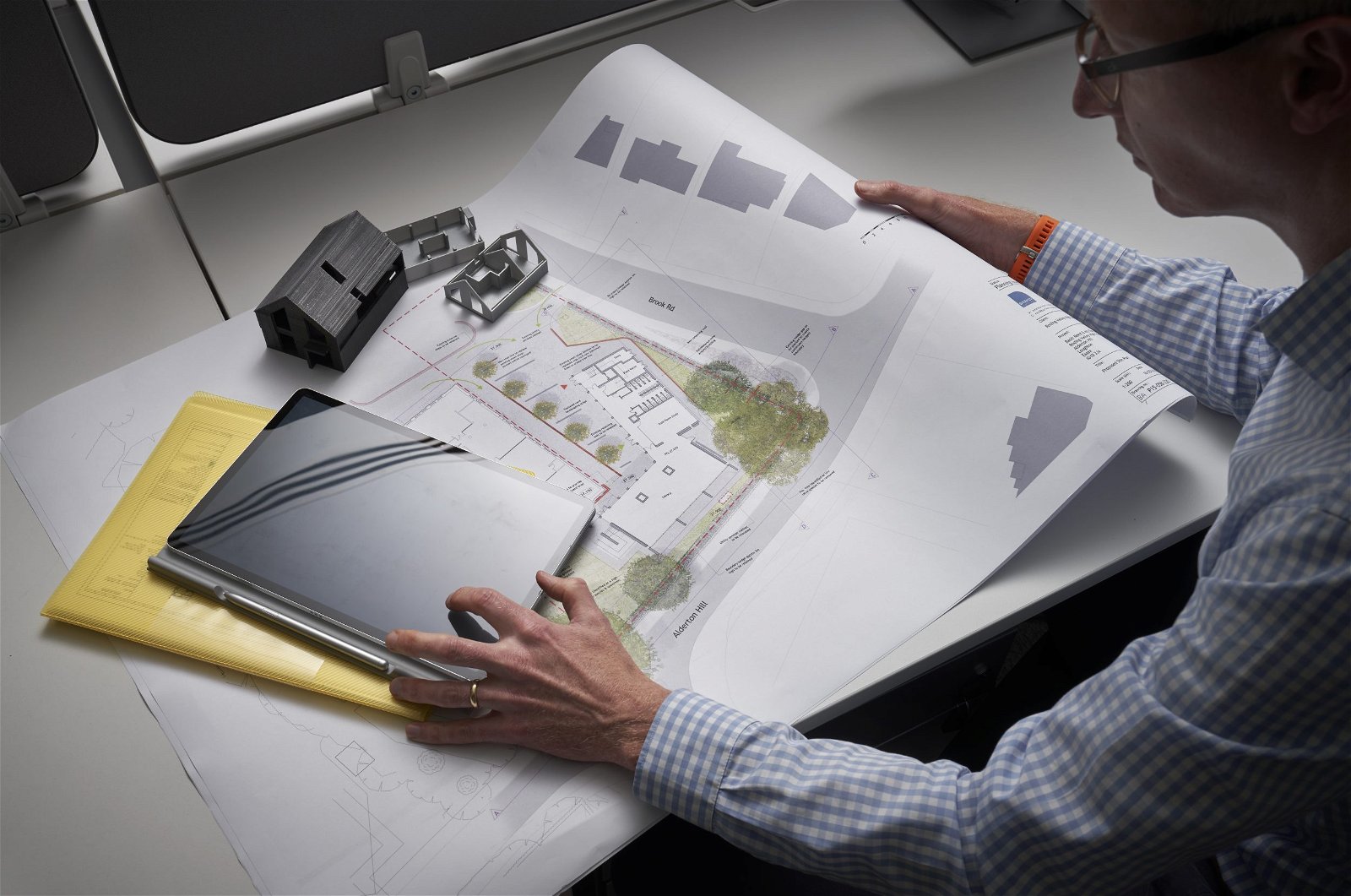
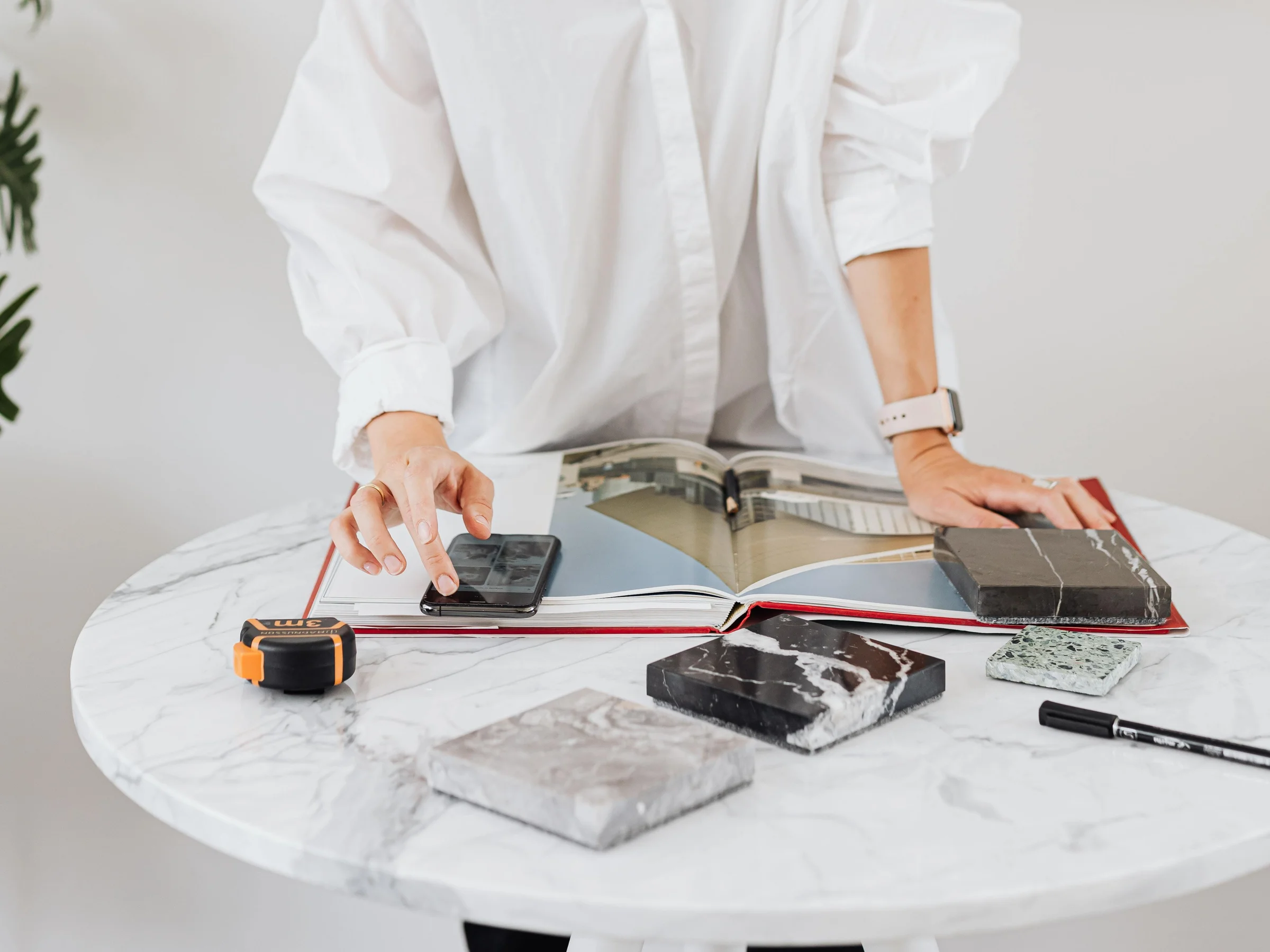
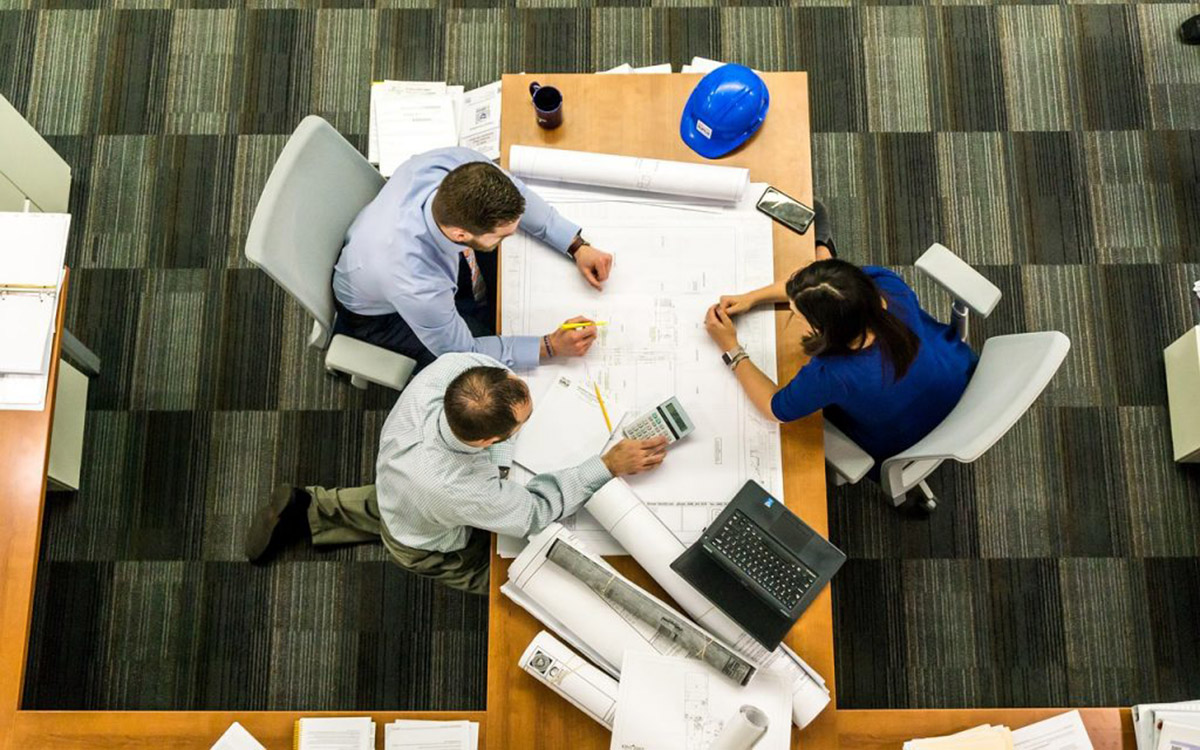
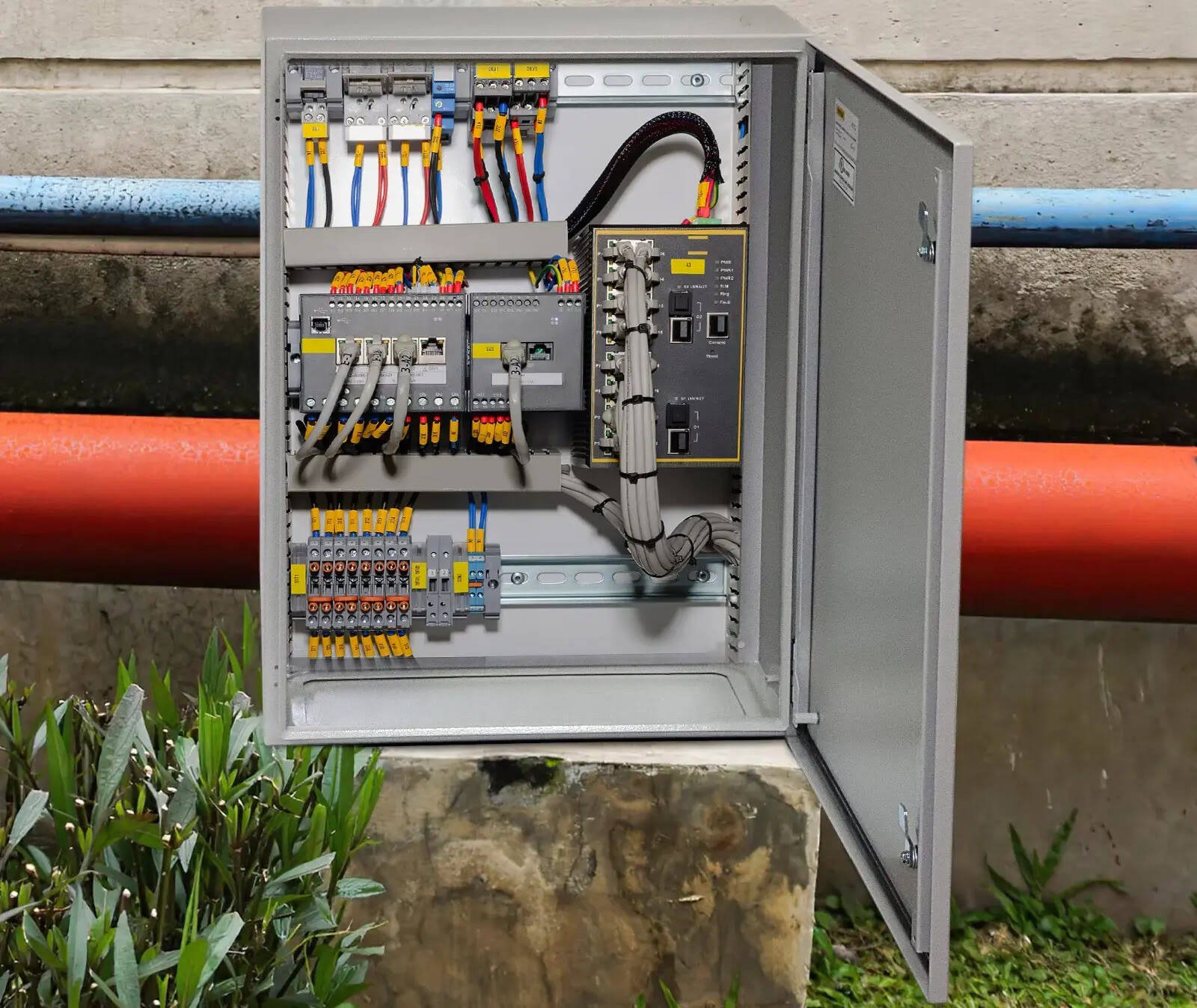
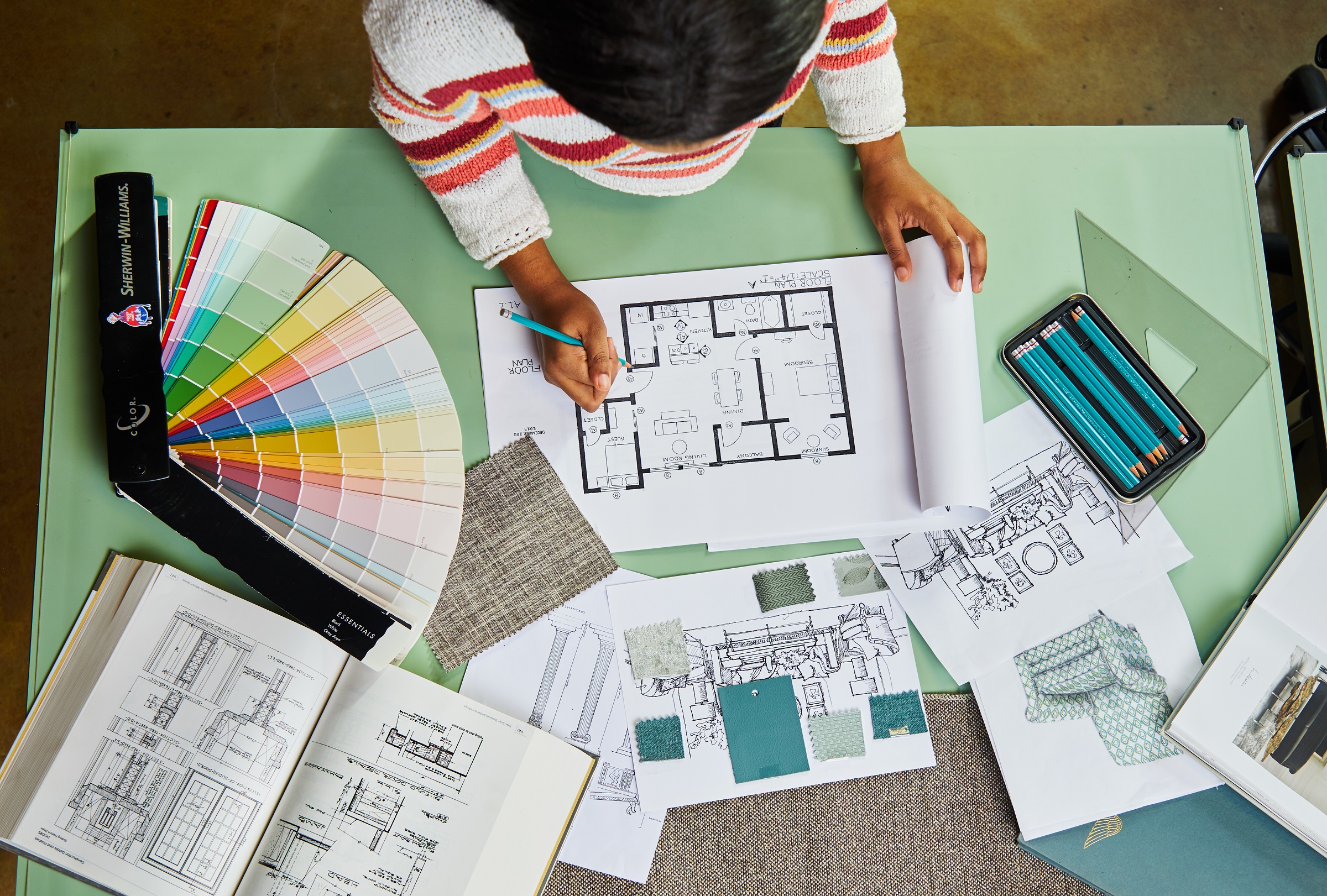

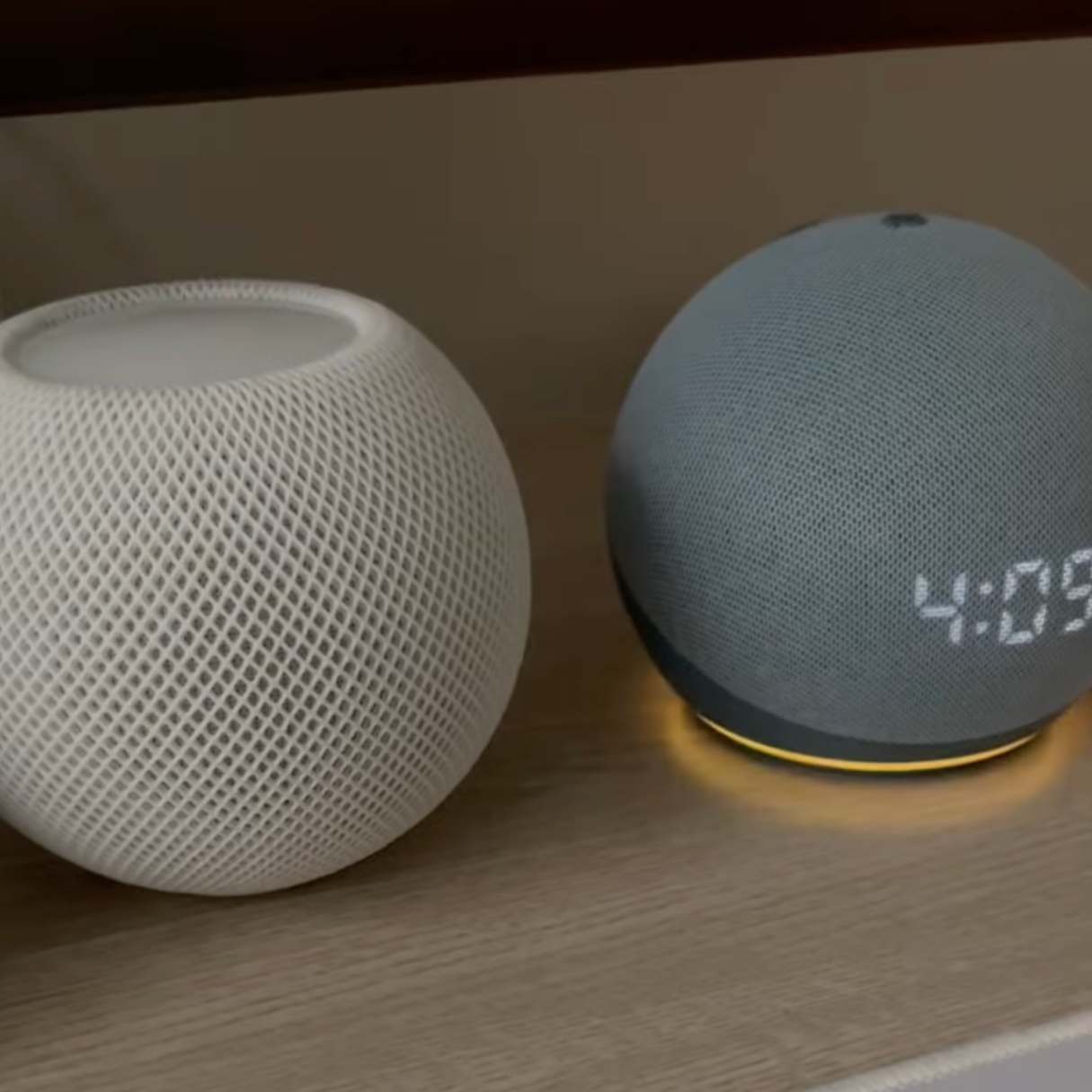
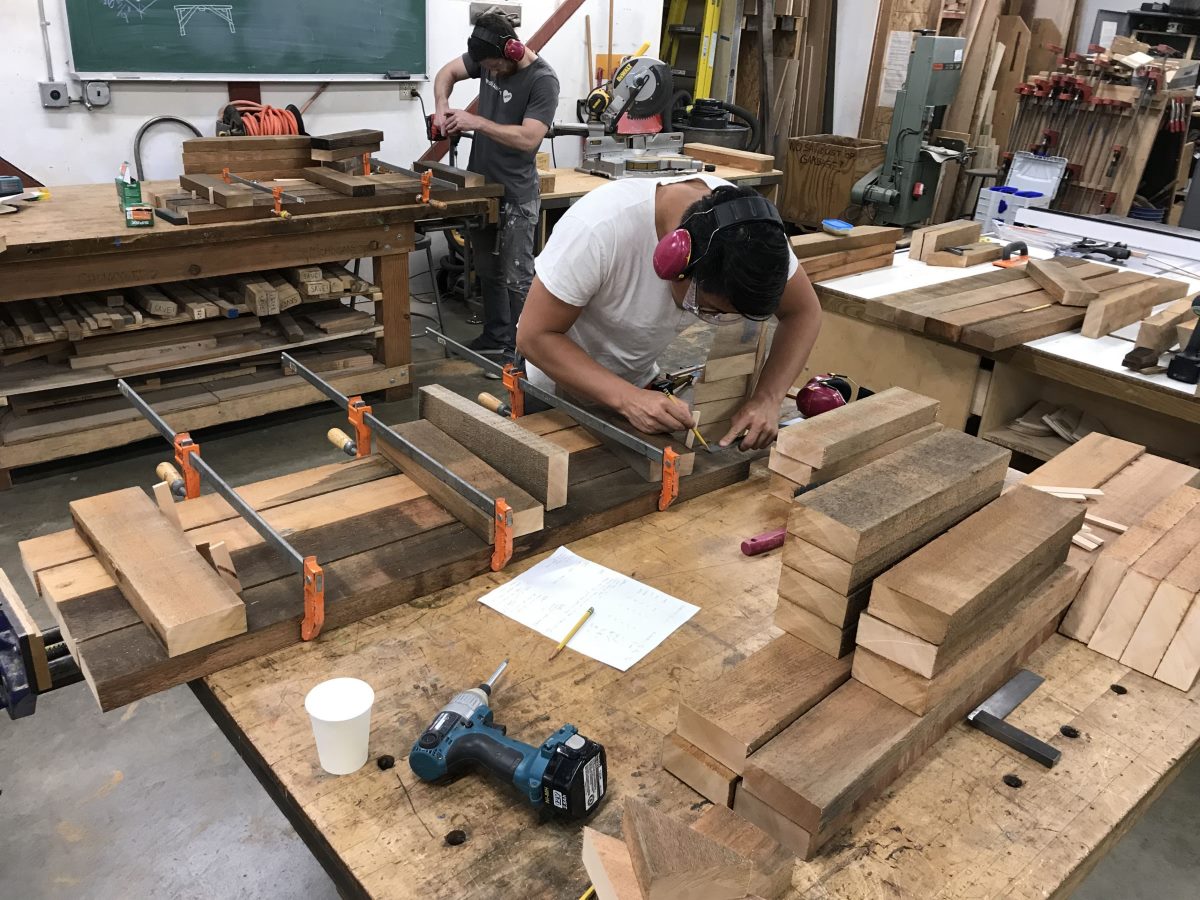
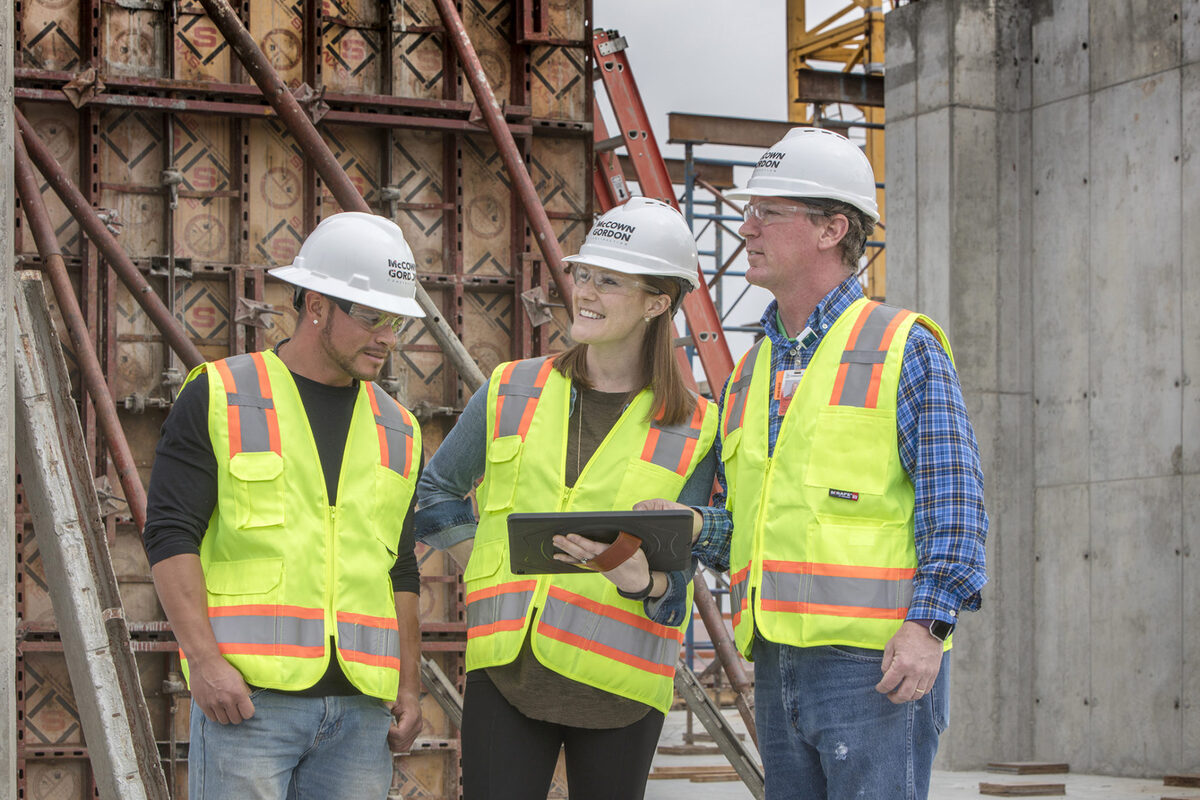

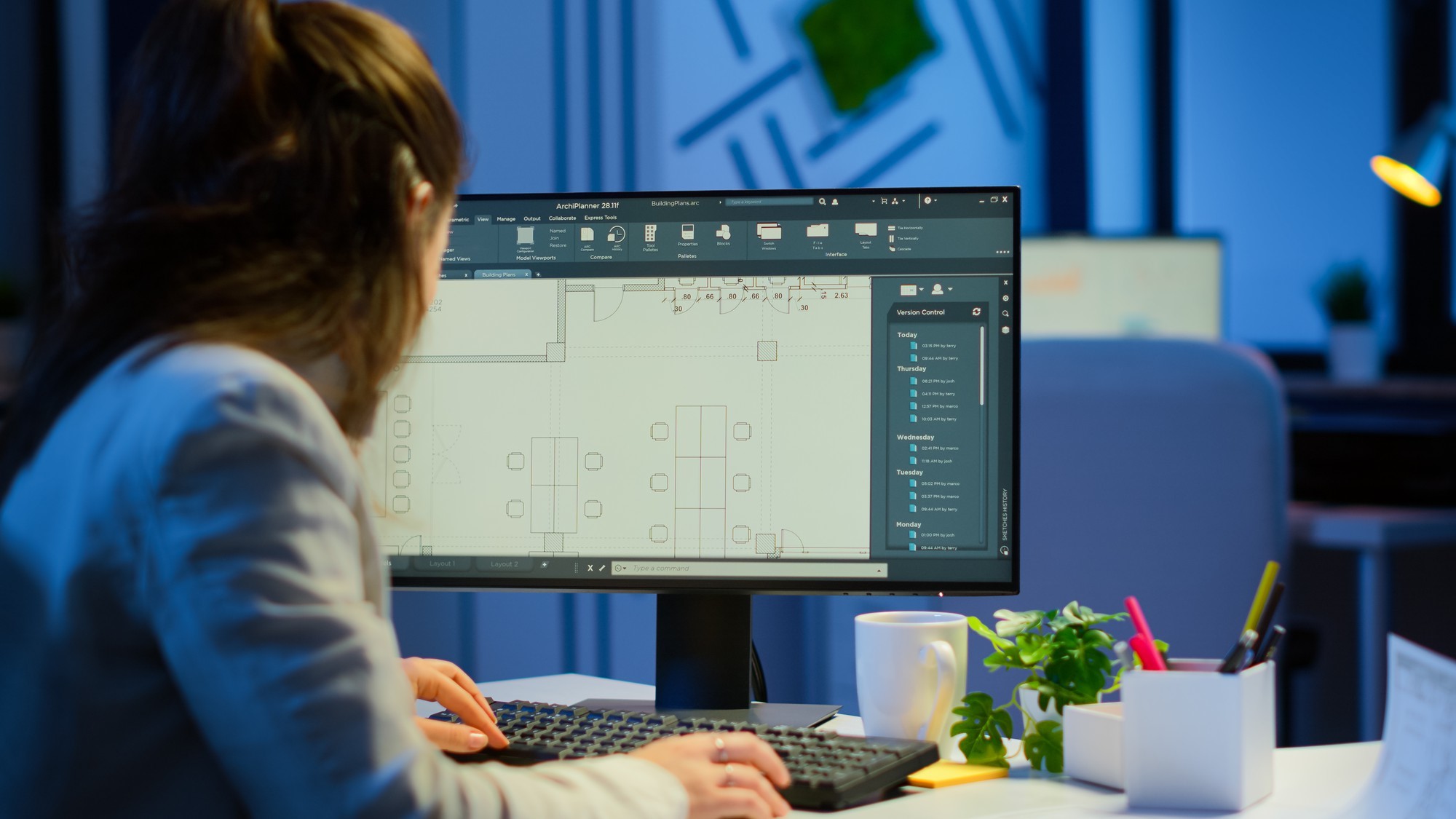
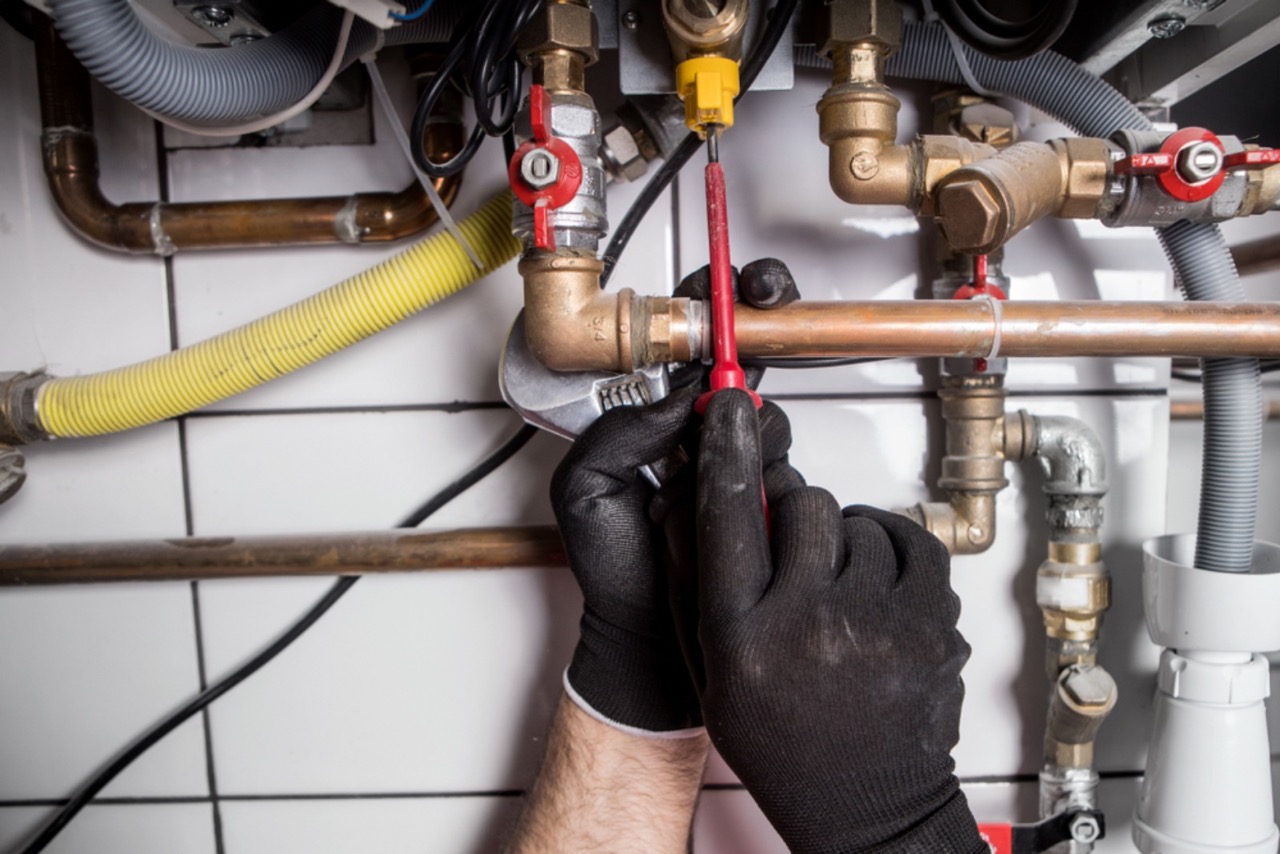


0 thoughts on “How To Talk On The Phone About A Landscape Design Job”